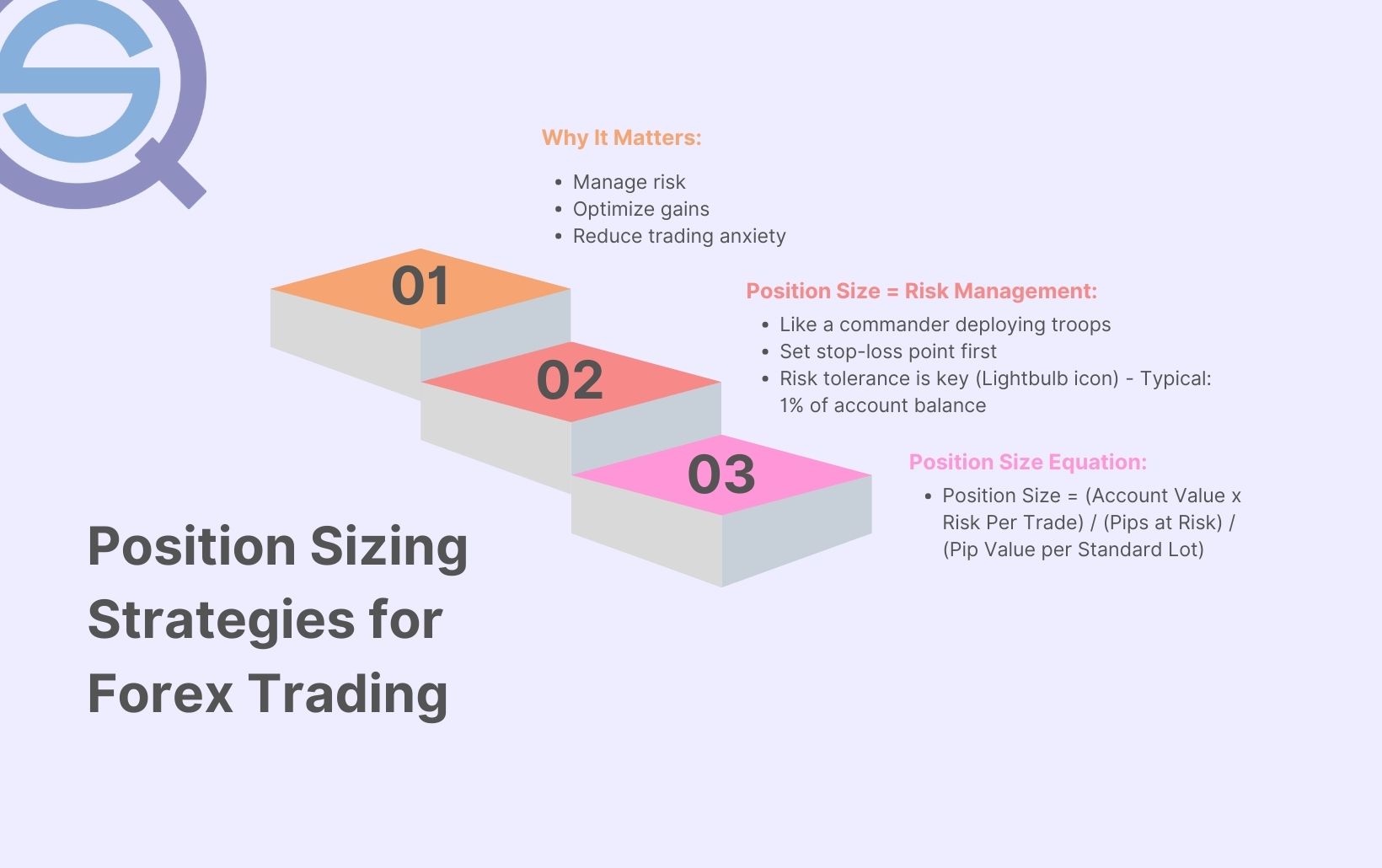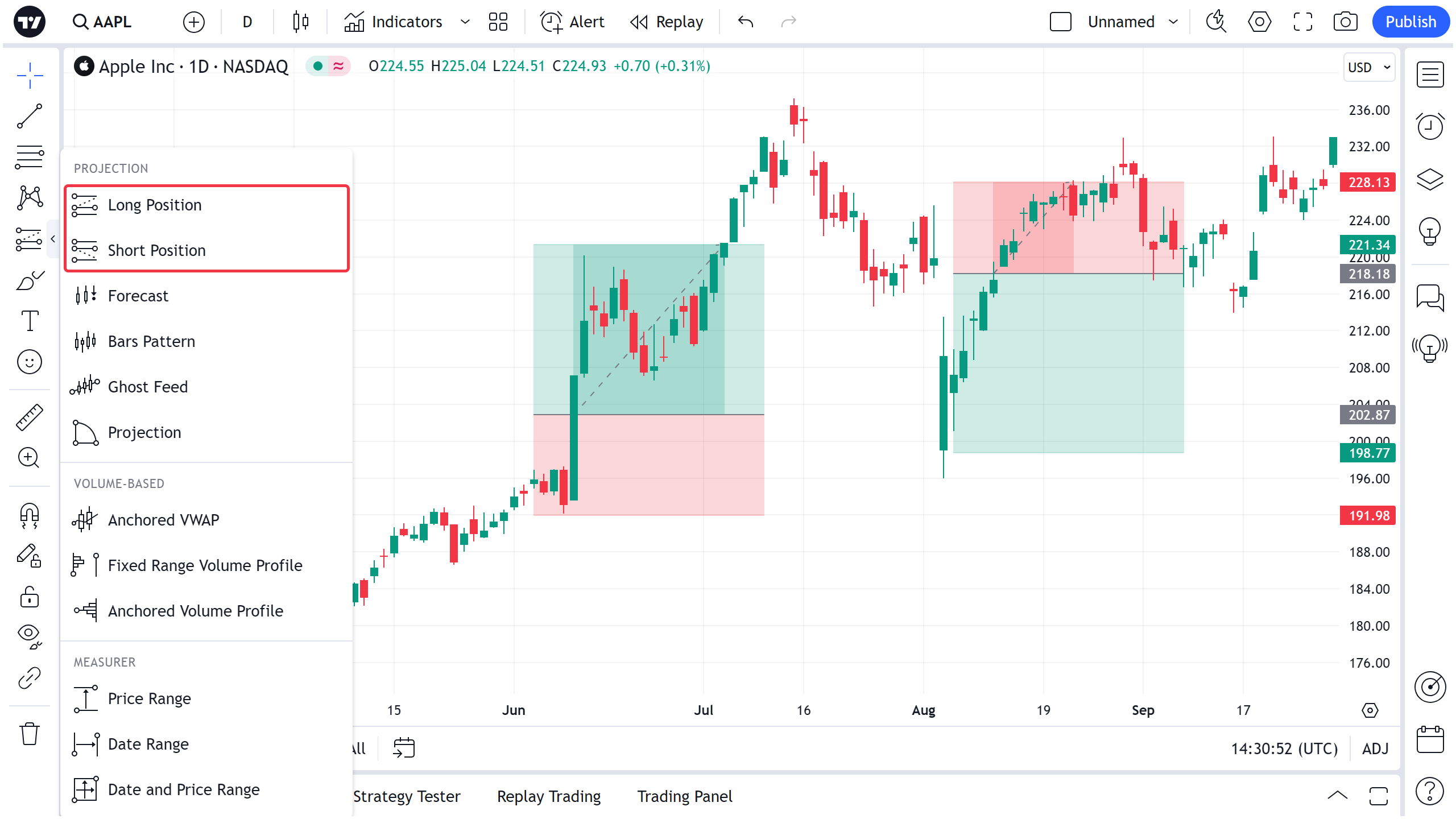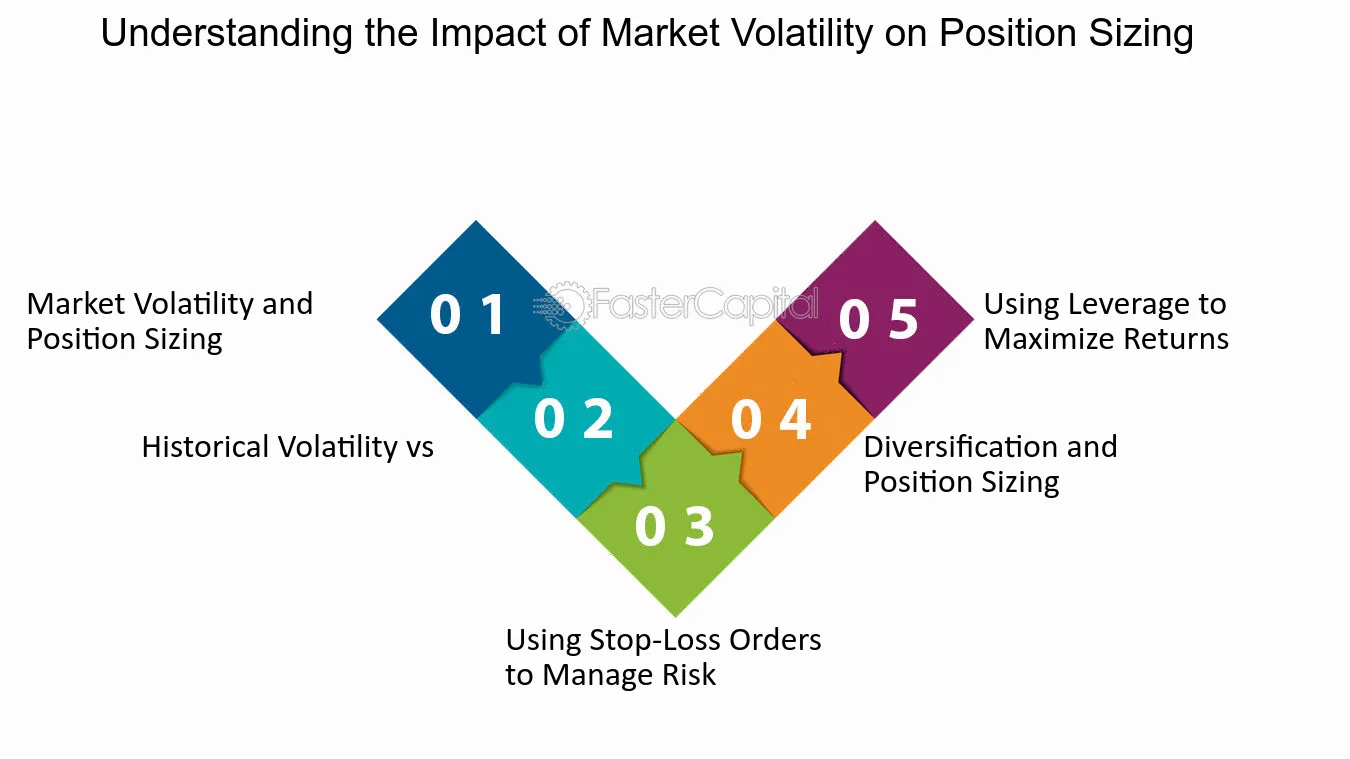Did you know that a penny saved is actually worth more than a penny earned when it comes to trading? Understanding proper position sizing is key to safeguarding your capital and maximizing your trading potential. This article dives into the essentials of managing risk through effective position sizing, covering its definition, impact on risk management, and common methods for determining size. You'll learn how to calculate risk per trade, the importance of setting stop-losses, and how to use your account size wisely. We also explore how market volatility, leverage, and the risk-reward ratio play crucial roles in your decisions. With tips on avoiding common mistakes and optimizing position sizes over time, this guide from DayTradingBusiness is your go-to resource for enhancing your trading strategy and protecting your investments.
What is proper position sizing in trading?
Proper position sizing in trading means adjusting your trade size based on your account balance and risk tolerance. It involves risking a small, consistent percentage of your capital—often 1-2%—per trade. This helps limit losses and preserve capital during losing streaks. Use stop-loss orders to define your risk per trade, then calculate your position size so that if the stop is hit, you only lose your predetermined percentage. Proper sizing balances potential gains with manageable risks, keeping your trading sustainable.
How does position size affect risk management?
Position size directly controls risk exposure in trading. Larger positions increase potential losses, while smaller ones limit downside. Proper sizing ensures you don’t overextend your capital, preserving funds during volatility. It helps set clear risk-reward ratios and keeps losses within acceptable limits. Adjusting position size based on account size and market conditions is essential for effective risk management.
What are common methods to determine position size?
Common methods to determine position size include using a fixed dollar amount per trade, risking a set percentage of your account (like 1-2%), and calculating based on stop-loss distance. You can also use the Kelly Criterion for optimal sizing, or adjust position size based on volatility and market conditions. These methods help control risk and prevent overexposure.
How can I calculate my risk per trade?
Calculate your risk per trade by deciding how much money you’re willing to lose, then determine your stop-loss distance from your entry point. For example, if you have a $1,000 account and want to risk 1%, that’s $10. If your stop-loss is $2 away from your entry, you can buy 5 shares ($10 risk / $2 stop-loss). This way, your risk per trade stays within your set limit.
Why is it important to set a stop-loss for each trade?
Setting a stop-loss limits potential losses on each trade, protecting your capital from big downturns. It helps you stick to your risk tolerance and avoid emotional decisions during volatile moves. Proper stop-loss placement ensures you exit losing trades quickly, preserving funds for future opportunities. Without it, a small mistake can wipe out your account, making consistent growth impossible.
How do I use account size to decide position size?
Use your account size to determine your position size by risking only a small percentage of your total capital per trade, typically 1-2%. For example, if your account is $10,000 and you risk 1%, that's $100 per trade. Calculate your position size by dividing your risk amount ($100) by the stop-loss distance in dollars. This ensures your position size aligns with your account size and risk tolerance, helping you manage potential losses effectively.
What role does risk-reward ratio play in position sizing?

Risk-reward ratio determines how much you risk on a trade relative to potential profit, guiding position size to ensure you don’t overexpose yourself. A favorable ratio allows larger positions with controlled risk, while a poor ratio prompts smaller trades. It helps you balance potential gains against possible losses, keeping your risk within acceptable limits. Proper position sizing based on this ratio protects your capital and maintains consistent risk management.
How can position sizing prevent large losses?
Proper position sizing limits the amount of capital exposed per trade, reducing potential losses. By adjusting trade size to align with risk tolerance, you avoid risking too much on any single position. This way, even if the trade goes against you, the loss stays manageable and won’t wipe out your account.
What are the best tools or calculators for position sizing?

Best tools for position sizing include the Kelly Criterion calculator, risk management calculators like Myfxbook's position size calculator, and trading platforms with built-in risk tools such as MetaTrader 4/5 or TradingView. These tools help determine lot size based on account risk, stop-loss distance, and trade size. They ensure you manage risk effectively and avoid overexposure.
How does market volatility influence position size decisions?
Market volatility affects position size by increasing risk; higher volatility means larger price swings, so traders reduce position size to avoid big losses. Conversely, in stable markets, they can take bigger positions since price movements are predictable. Adjusting position size based on volatility helps maintain consistent risk levels, preventing overexposure during unpredictable swings. For example, if the market becomes more volatile, cutting back on position size keeps potential losses manageable.
What mistakes should I avoid in position sizing?
Avoid risking too much of your capital on a single trade, typically more than 1-2%. Don't ignore market volatility; it can cause larger swings than expected. Never set position sizes based on gut feelings—use precise calculations. Overleveraging can amplify losses; keep leverage in check. Forgetting to adjust size for different asset risks or market conditions increases exposure. Relying on fixed sizes without considering trade setup or stop-loss levels can lead to bigger losses. Avoid neglecting your overall portfolio risk—diversify and match position sizes to your total capital.
How can I adjust position size during high-volatility periods?
Reduce your position size during high-volatility periods to limit risk. Use smaller trade sizes relative to your account to avoid large losses. Adjust your stop-loss levels wider or tighter based on volatility indicators like ATR. Consider scaling into positions gradually rather than entering full size at once. Focus on maintaining a consistent percentage risk per trade, even in volatile markets.
Learn about How to Adjust Position Size During Volatile Markets
How does leverage impact risk and position sizing?

Leverage amplifies both gains and losses, increasing risk. Higher leverage means smaller market moves can wipe out your account. It requires careful position sizing—using smaller positions when leverage is high—to control potential losses. Proper position sizing limits risk exposure, ensuring you don’t overextend when leverage boosts your trading power.
Learn about How Leverage Affects Your Position Size and Risk
What strategies can help optimize position sizing over time?
Use a fixed percentage of your trading capital for each trade, like 1-2%, to limit risk. Adjust position size based on volatility; larger positions in stable markets, smaller in volatile ones. Incorporate stop-loss orders to cap losses and protect capital. Regularly review and recalibrate your position sizes as your account grows or shrinks. Avoid overleveraging; keep risk consistent regardless of gains or losses. Track your performance to identify patterns and refine your sizing strategy accordingly.
How to balance position size and trade frequency?
Use a fixed percentage of your capital for each trade, like 1-2%, to control risk. Adjust your trade size based on the volatility of the asset and your risk tolerance. Limit trade frequency by setting a maximum number of trades per day or week to avoid overtrading. Focus on quality setups rather than quantity to reduce unnecessary risk. Regularly review and tweak your position sizes to stay within your risk parameters as your account grows or market conditions change.
Conclusion about How to Manage Risk with Proper Position Sizing
Incorporating proper position sizing into your trading strategy is essential for effective risk management. By understanding its impact, calculating risk per trade, and utilizing tools to optimize your approach, you can significantly reduce potential losses. Remember to adjust your position size based on market volatility and leverage, and always maintain a clear risk-reward ratio. With the right strategies, you can enhance your trading performance and safeguard your capital. For deeper insights and assistance in mastering these techniques, consider the resources available at DayTradingBusiness.
Sources:
- Trade Sizing Techniques for Drawdown and Tail Risk Control
- Overview of energy storage systems in distribution networks ...
- Interagency Supervisory Guidance on Counterparty Credit Risk ...
- Exploiting Overestimated Volatility Risk Premium: A Contrarian ETF ...
- SR 11-7 attachment: Supervisory Guidance on Model Risk ...
- State Street Corporation 2023 165(d) Resolution Plan